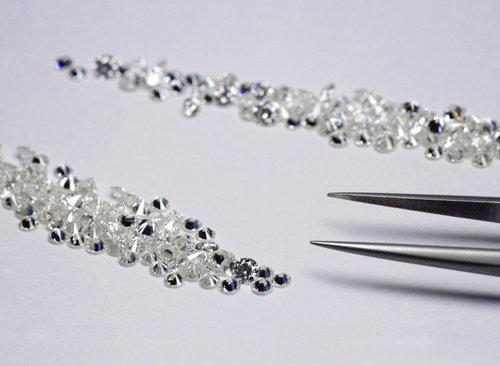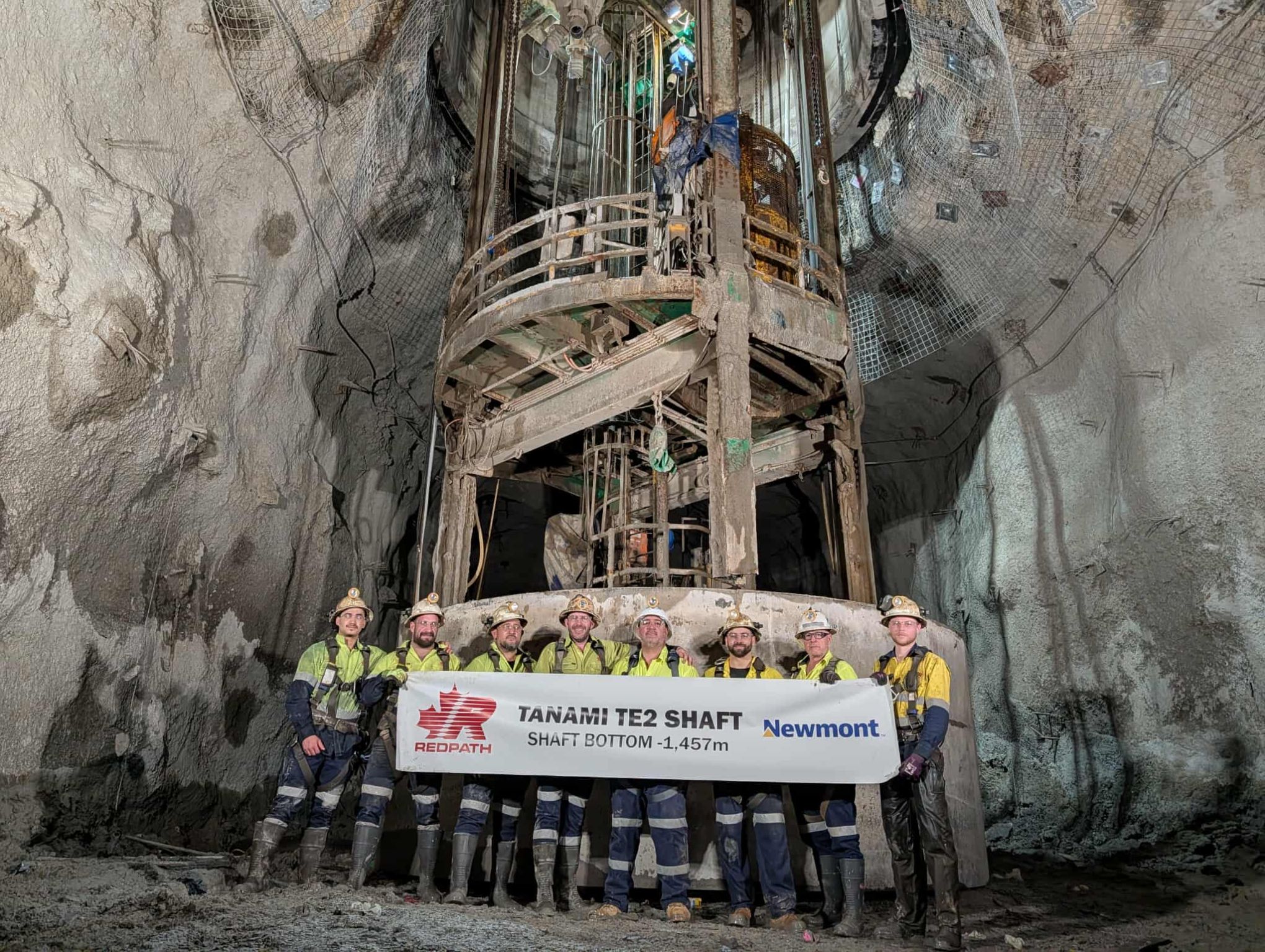
Diamond and adamant are two words coming from a common Greek root meaning unalterable, an appropriate name for the hardest substance in the natural world. It's their resistance, their durability, that has made them the ultimate jewel. Rough diamonds as mined are unprepossessing, but once they have been cut and polished to refract light from a myriad facets their beauty is breathtaking. But cutting and polishing is no easy matter as the only substance hard enough to impress diamond is – more diamond. Cutting is performed by highly trained craftsmen with years of experience, since it is a very technical process that involves assessing the qualities and structure of each stone. Polishing is a laborious and time consuming task that also needs special training.
For centuries India has been the undisputed centre of the world diamond trade and until recently more than 90 percent of diamonds were cut and polished there. And India is where Eurostar has its origin. “Both my father and my grandfather were in the diamond business,” says Kaushik Mehta, who co-founded the company at Antwerp, Belgium, in 1978 and is today its Chariman and CEO. Mehta began his career in 1966 in Tamil Nadu India, where he simultaneously managed a jewellery retail store and a small diamond cutting and polishing plant at Coimbatore. “So the diamond trade is a family enterprise and our family never knew any other business!”
Though India remains the home of the industry, by the 1970s the home market started to move from cutting and polishing to consumption – today India is the third largest consumer of gemstone diamonds after the USA and China, he says. “Since Antwerp is really the rough diamond trading centre of the world I came there to buy rough diamonds to ship them to my company in India to be cut and polished there.” At that time he started to differentiate his business by buying the best quality rough diamonds, cutting and polishing them in Belgium, and then supplying them to the retail trade in India.
He must have got a lot of things right. The company grew exponentially. In 1994 the company established its main diamond cutting and polishing centre in China, where it now operates from three locations. In 2001, Eurostar completed the acquisition of a significant stake in The Hearts on Fire Company, making it the leading producer of Hearts & Arrows diamonds, a cut unmatched in precision, beauty and perfection, offering edge-to-edge 'electric' brilliance with white and coloured highlights, even in low light conditions. “The Eurostar Hearts & Arrows diamond is a brilliantly beautiful, ideal-cut diamond that exhibits a distinctive, perfectly symmetrical pattern in the table,” he stresses.
“The secret is perfect facet alignment along all of the diamond’s angles so that each stone refracts light to the maximum,” he adds. To achieve this Eurostar gemmologists are trained in the use the most sophisticated testing equipment such as refractometers, spectroscopes and microscopes to identify and analyse the stones. They evaluate precious stones with confidence and prepare special identification and appraisal reports and have all been trained either at HRD Antwerp, the largest diamond laboratory in the world which adheres to the rules set by the International Diamond Council for grading polished diamonds, or the prestigious GIA, the leading source of knowledge, standards, and education in gems and jewellery founded in New York in the 1930s.
In 1981 he acquired a factory in Belgium employing 135 people: just over ten years later, in 2002, Eurostar's annual turnover exceeded $1 billion for the first time. In the same year Eurostar Diamond Traders Shanghai was founded and the company, already a De Beers Sightholder (a company licensed by De Beers' subsidiary Diamond Trading Company (DTC) to purchase rough diamonds from the world's largest diamond mining company) was awarded a second DTC Sight in Botswana. More recently, in 2010, the group has established both Eurostar Diamond Traders Hong Kong Ltd. and Eurostar Diamonds India Pvt Ltd, the latter run by Paresh Mehta, brother of Kaushik. Today Eurostar employs 5,000 skilled people in China, India and Belgium.
2013 was a difficult trading year in the diamond industry – unsurprisingly in light of the global recession which was not kind to luxury goods. 2014 is already promising to be a better proposition, he predicts, with demand rallying. The downstream industry is demonstrating demand from non-traditional sources, well outside the jewellery trade for example the Rolls-Royce car shown in Dubai last year with no fewer than 446 diamonds hand-set into the door panels, centre console and cabin privacy partition.
The pinch point in the value chain will continue to be on the supply side. “The problem is we have got seven or eight mining companies mining and selling rough diamonds, and maybe a thousand manufacturers all competing to buy them and polish them.” Around 50 percent of the diamonds his company buys come from DTC, the remainder from a variety of open market sources, he adds. “We procure a lot of these goods from Russia and a growing quantity from Angola.”
Cutting and polishing, beneficiation in other words, is the core business of Eurostar Diamond Traders, and will remain so. With the truly unique skills base it has built up over decades the company is unlikely to reduce its cutting and polishing capabilities. However Kaushik Mehta's eyes are now fixed on the consumer. It has always retained teams made up of highly experience professionals whose job it is to remain in direct contact with its key retailers in the important sales and marketing centres it has established in places like China and the USA. However he now wants to expand the company's presence at the sharp end. “One of my visions is to go downstream more in to the retail business. We have a retail company in Chennai and about ten stores right across South India – and we are looking to expand those stores.” With a presence in nine Indian cities he wants to target the main centres of population in India, he says.
Written by John O’Hanlon, research by Jeff Abbott



 Eurostar-Europe-Mining-May14-Bro-s.pdf
Eurostar-Europe-Mining-May14-Bro-s.pdf









